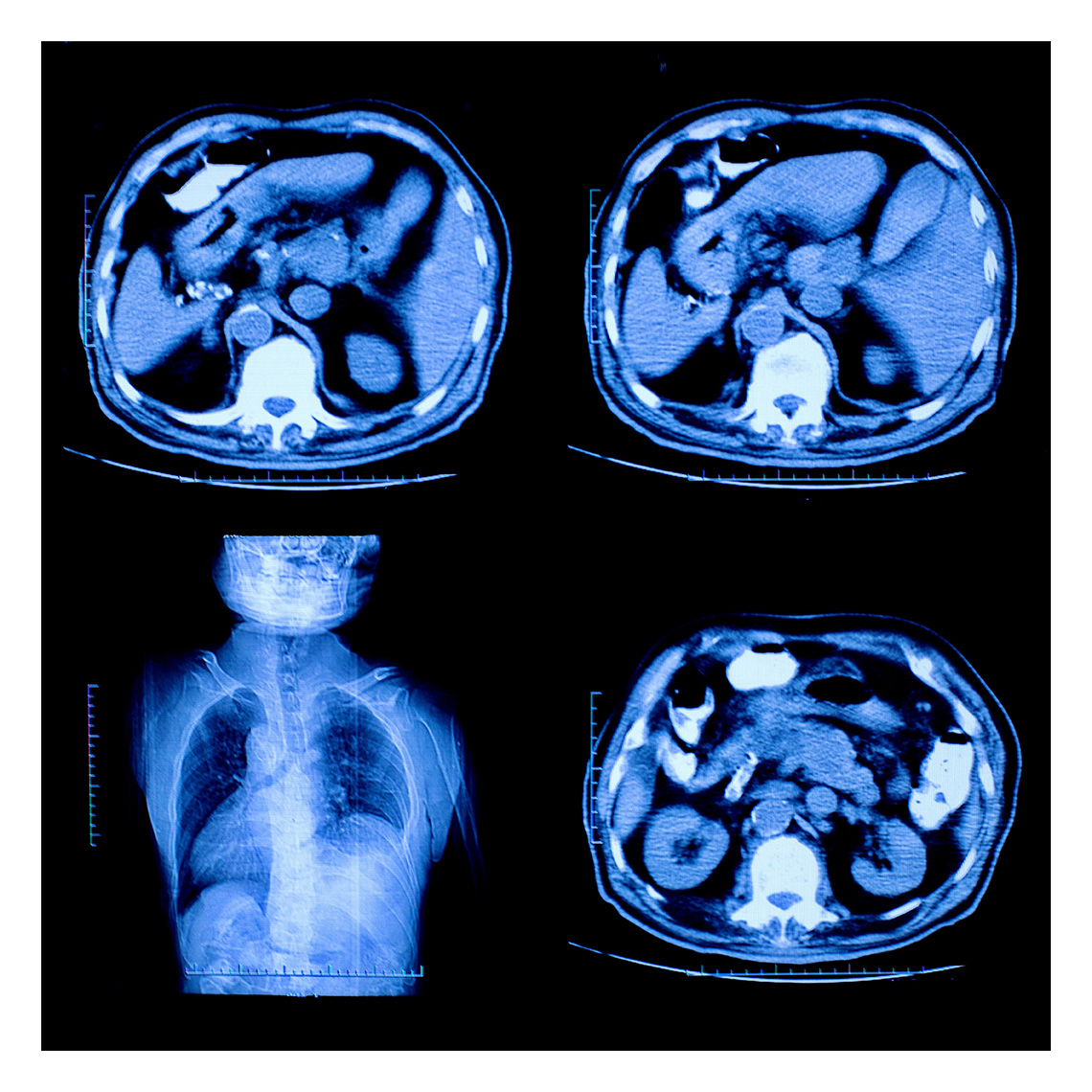Newsletter
Informed Consent, Learning to See, and more
Dec 12, 2018

CRICO Insights: December 2018
5 Ways to Avoid Delays in Emergency Treatment in Your Office Practice
| 1. | Develop and periodically review emergency procedures with all staff. |
| 2. | Ensure appropriate basic emergency equipment is available, maintained, and not locked away. |
| 3. | Train (and periodically retrain) all members of the office staff in using this equipment. |
| 4. | Advanced life support equipment may be appropriate for certain patient populations with staff trained in its use. |
| 5. | All clinical settings should be able to start interventions with crash carts, bag resuscitators and masks, etc., onsite. |
| Patients may assume a physician’s office is prepared for medical crises, and may well perceive any delay in emergency treatment as negligence. | |
|
Informed Consent & Shared Decision Making Plaintiff attorneys are changing their interpretation of informed consent. What does this mean for physicians? And what can you do to protect yourself while providing the best care for your patients? The goal is to identify and meet the patient’s needs.
|
|
Who’s Who in Health Care? Identifying who does what among health care team members—and for patients—is vital for safe patient care. Clarifying roles is another way to close communication gaps.
|
|
Doctor’s Focus on Patient Safety an Eye Opener Brittany Esty, MD, wanted to think bigger: more than one patient, one incident, at a time. Her HMS Fellowship at CRICO did more: it taught her how to see. Follow her journey...
|
| Poor Pre-op Assessment Exacerbates Post-op Complication A 62-year-old male with a history of respiratory problems died two days after knee replacement surgery. What went wrong? |
Latest News from CRICO
“Walk This Way”: Impacting the Culture of Safety through Time and Example

The Safety of Outpatient Health Care

Utilization of Electronic Health Record Sex and Gender Demographic Fields: A Metadata and Mixed Methods Analysis




 PODCAST
PODCAST CASE STUDY
CASE STUDY